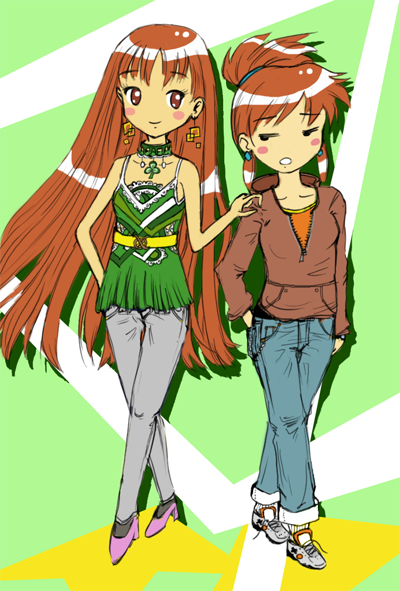My onset of and recovery from a robust adverse reaction to pseudoephedrine has been marked by three main periods of sleep – Sunday night, Monday morning, and Monday night (I’ve basically done nothing but sleep for the last 36 hours). Strangely enough, instead of having a series of unrelated dreams as I usually do when I am trapped in REM sleep, each period for me has been accompanied by one dream “idea” that keeps reiterating itself.
Sunday night — this dream consisted of an enormous microfluidic device divided into four quadrants, each with thousands of tiny channels. My arms and legs were ordered around by experimenters based on the connections they were trying to test, and I would move these limbs in accordance to the channel flows. Needless to say, this was very exhausting and I woke up much more tired than I had started out.
Monday morning — this dream was set in a gigantic museum devoted, I believe, to diabetes, except it was empty. The building had about eight stories or so, each floor having a particular “cut-out” shape so that you could see floors below, but the shapes themselves were pretty random, based on French curves and circle bores. The material of the entire building was a ash-gray / off-white faux-granite, probably plastic, and that was all there was. We took elevators up and down but each empty floor looked about the same, except for the shapes.
Monday night — I had an iterative dream in which a nation tried to successively reorganize itself through a mass event in which the people would redistribute themselves based on the land that they were best suited for (i.e. a person who liked fishing would relocate himself to the coastline). This process would occur over and over again, each time yielding better results and happier people. I watched the process from an overhead map detailing each person (it was a very complicated map but only in black and white with outlines of claimed territory) but also had a separate “pane” in which I could listen to the conversations of the people as they tried to talk each other into taking up certain roles in society.

